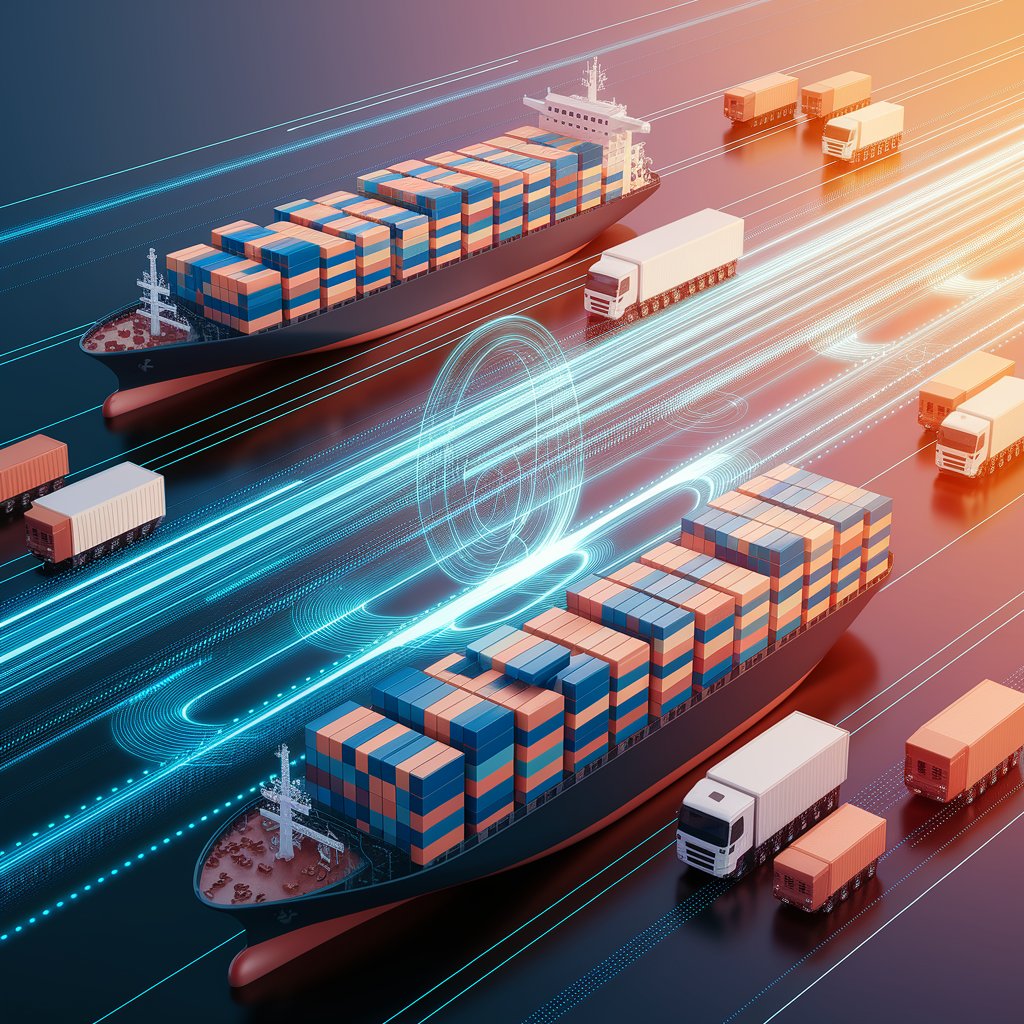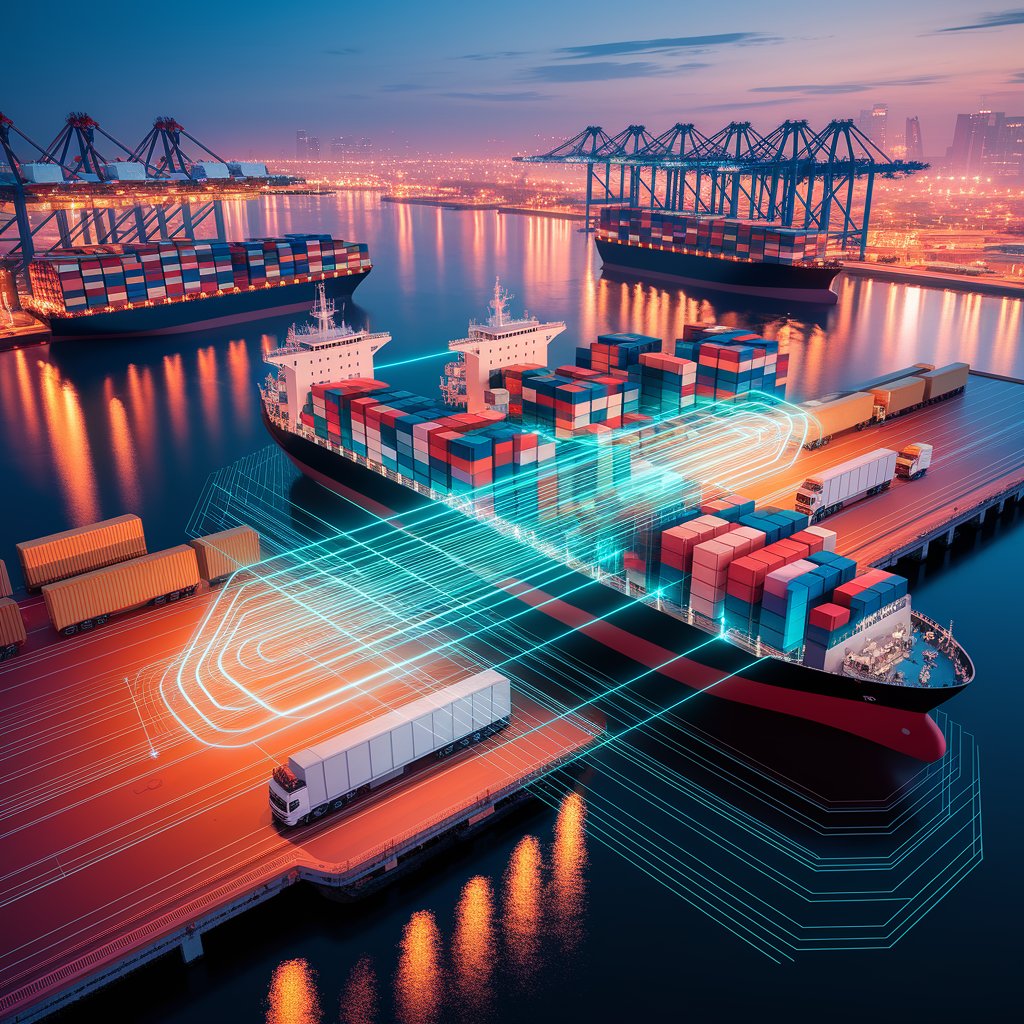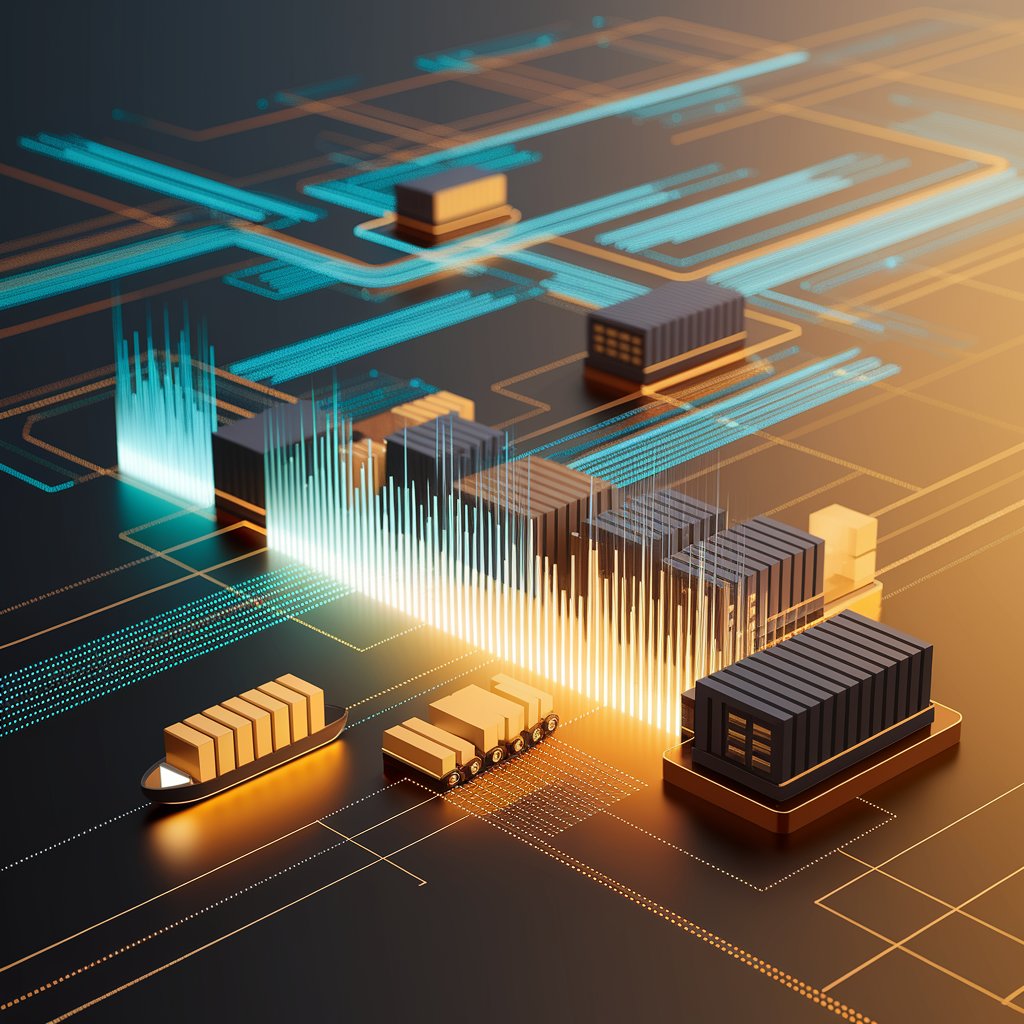Supply Chain Automation: Building Smarter and Faster Logistics

Introduction
This is where supply chain automation is transforming logistics. By digitizing workflows, leveraging AI, and automating repetitive tasks, companies can create smarter supply chains that respond instantly to challenges, cut costs, and deliver superior customer experiences.
What Is Supply Chain Automation?
Supply chain automation is the application of digital technologies and AI to automate repetitive logistics tasks and decision-making. It replaces manual data entry, siloed communication, and static planning with interconnected, intelligent systems.
The result is a seamless flow of goods, information, and capital—creating efficiency across every step of the supply chain.

Key Features
- Automated Documentation: Digital bills of lading, invoices, and customs filings.
- Integrated Systems: Unified TMS, WMS, and ERP data exchange.
- Real-Time Visibility: Continuous monitoring of shipments and inventory.
- AI Forecasting: Predicting demand and risks to optimize planning.
- Workflow Triggers: Automatic alerts and task assignments for exceptions.
Benefits for Logistics Providers
- Cost Reduction: Save on labor and operational expenses.
- Efficiency Gains: Shorten cycle times and reduce manual errors.
- Scalability: Manage higher shipment volumes without added staff.
- Resilience: Adapt quickly to disruptions with automated responses.
- Customer Satisfaction: Faster, more reliable, and transparent deliveries.

Real-World Applications
- Freight Forwarders: Automate quoting, booking, and document generation.
- Carriers: Use automation to optimize fleet dispatch and route management.
- 3PL Providers: Deliver automated visibility portals to clients.
- Retail and E-commerce: Automate order fulfillment and returns at scale.
- Pharmaceutical Supply Chains: Ensure compliance and traceability automatically.
The Future of Supply Chain Automation
The future of supply chain automation will integrate AI, robotics, and blockchain. AI will enable predictive supply chains that anticipate problems, robotics will automate physical warehouse processes, and blockchain will secure digital records for compliance. Over time, supply chains will evolve into self-regulating ecosystems capable of adapting to real-time changes without human intervention.

Conclusion
Supply chain automation is revolutionizing global logistics by eliminating manual bottlenecks and enabling smarter, faster, and more resilient operations. From documentation and planning to visibility and compliance, automation is the foundation of modern supply chains. For companies seeking to thrive in competitive markets, embracing automation is not just an upgrade—it’s the path to long-term success.
